The Fintech Lending Market is currently characterized by a dynamic competitive landscape, driven by rapid technological advancements and evolving consumer preferences. Key players such as LendingClub (US), SoFi (US), and Affirm (US) are at the forefront, each adopting distinct strategies to enhance their market positioning. LendingClub (US) focuses on expanding its product offerings through innovative lending solutions, while SoFi (US) emphasizes a comprehensive financial ecosystem that integrates lending with investment and insurance services. Affirm (US), on the other hand, is leveraging partnerships with major retailers to enhance its point-of-sale financing capabilities, thereby broadening its customer base. Collectively, these strategies contribute to a competitive environment that is increasingly defined by technological innovation and customer-centric services.
The business tactics employed by these companies reflect a nuanced understanding of market demands. For instance, the Fintech Lending Market appears moderately fragmented, with numerous players vying for market share. This fragmentation is indicative of a landscape where localized strategies, such as regional partnerships and tailored product offerings, are essential for success. The collective influence of these key players shapes the market structure, as they continuously adapt to consumer needs and regulatory changes, thereby fostering a competitive yet collaborative atmosphere.
In August 2025, LendingClub (US) announced a strategic partnership with a leading financial technology firm to enhance its data analytics capabilities. This move is significant as it allows LendingClub to refine its credit assessment processes, potentially leading to more personalized lending solutions. By harnessing advanced analytics, the company aims to improve risk management and customer satisfaction, positioning itself as a leader in the data-driven lending space.
Similarly, in September 2025, SoFi (US) launched a new suite of financial products aimed at millennials and Gen Z consumers, including student loan refinancing and personal loans with flexible repayment options. This initiative underscores SoFi's commitment to catering to younger demographics, who are increasingly seeking accessible and user-friendly financial solutions. By aligning its offerings with the preferences of these consumers, SoFi is likely to strengthen its market presence and foster brand loyalty.
In July 2025, Affirm (US) expanded its partnership with a major e-commerce platform, enabling consumers to access buy-now-pay-later options at checkout. This strategic action not only enhances Affirm's visibility in the retail sector but also aligns with the growing trend of consumer preference for flexible payment solutions. The integration of such services into mainstream retail channels is indicative of a broader shift towards more adaptable financing options, which could redefine consumer spending behaviors.
As of October 2025, the Fintech Lending Market is witnessing a pronounced trend towards digitalization, with companies increasingly integrating artificial intelligence and machine learning into their operations. This technological evolution is reshaping competitive dynamics, as firms leverage data-driven insights to enhance customer experiences and streamline operations. Furthermore, strategic alliances are becoming pivotal in navigating the complexities of the market, allowing companies to pool resources and expertise. Looking ahead, competitive differentiation is likely to evolve from traditional price-based strategies to a focus on innovation, technological integration, and supply chain reliability, as firms strive to meet the ever-changing demands of consumers.
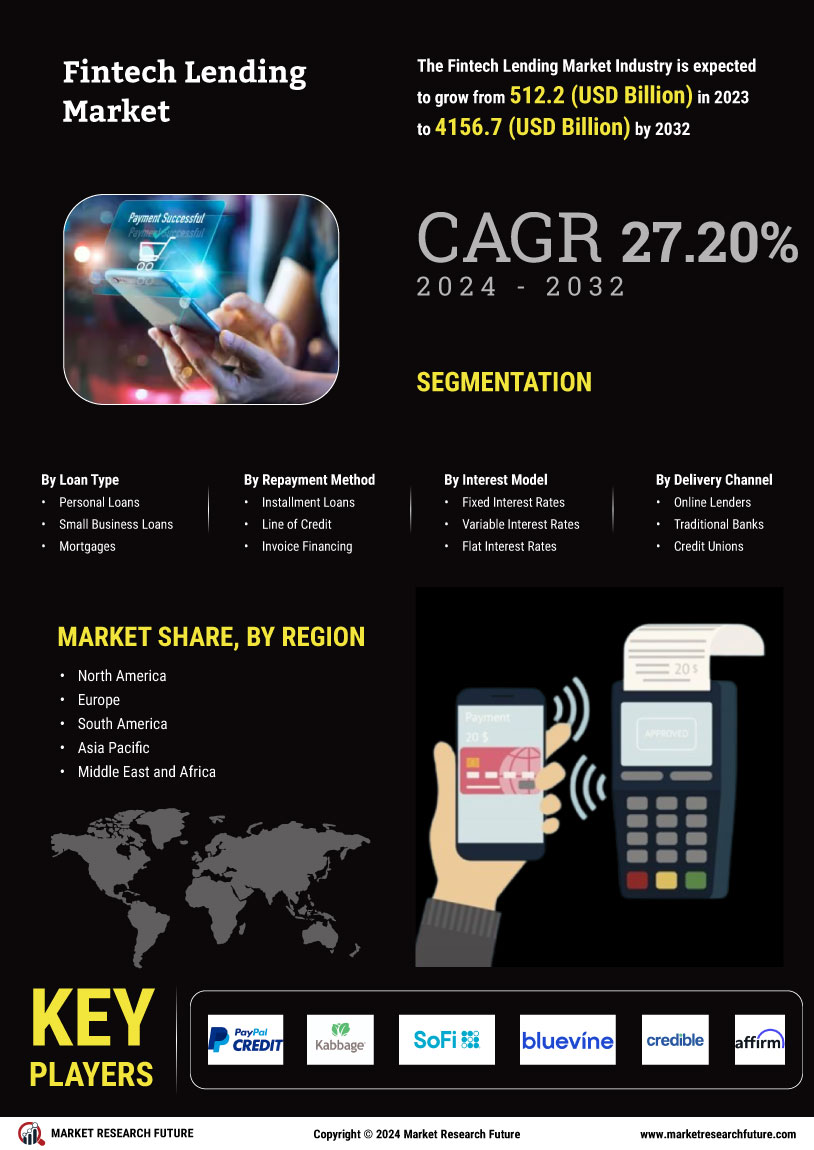

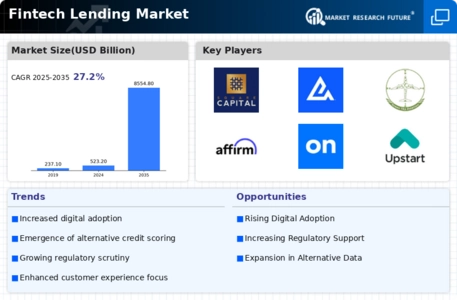
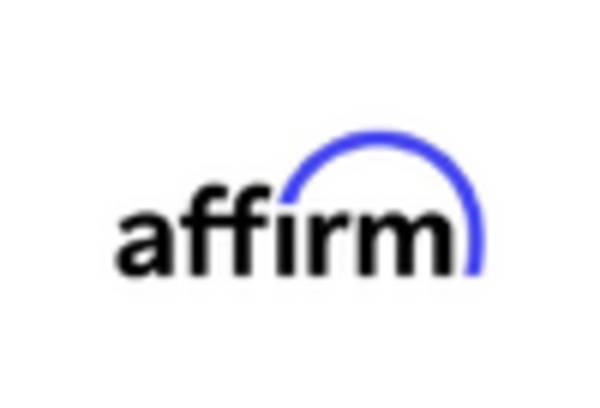
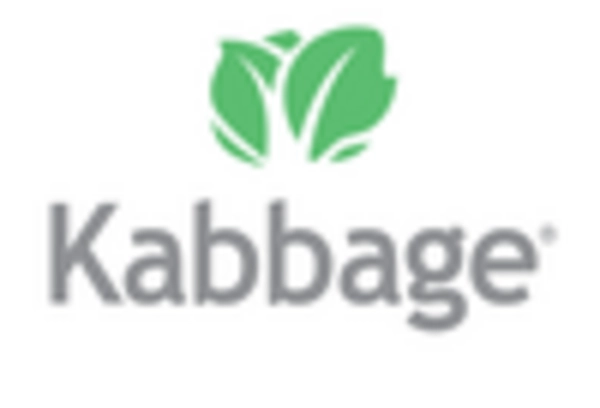
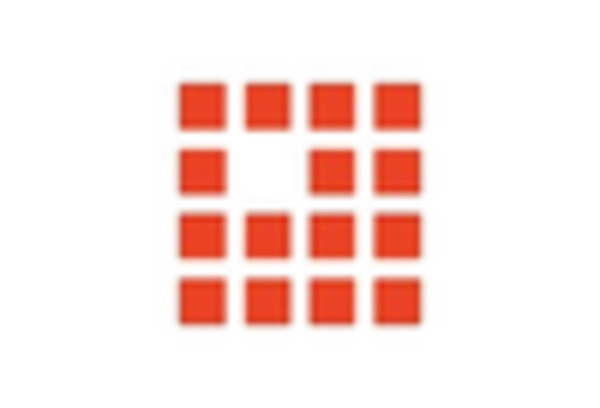
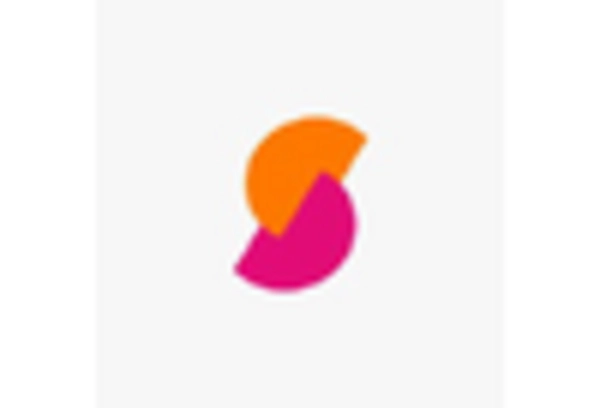

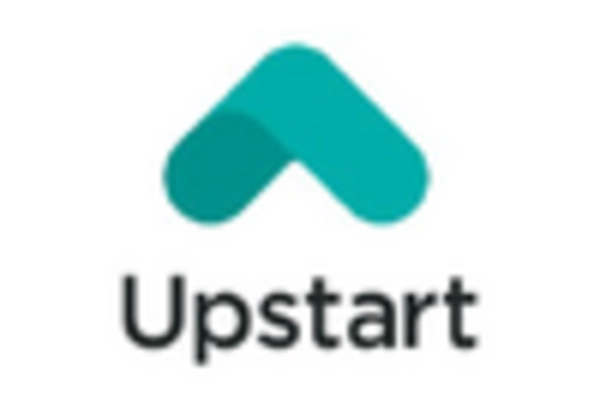








Leave a Comment